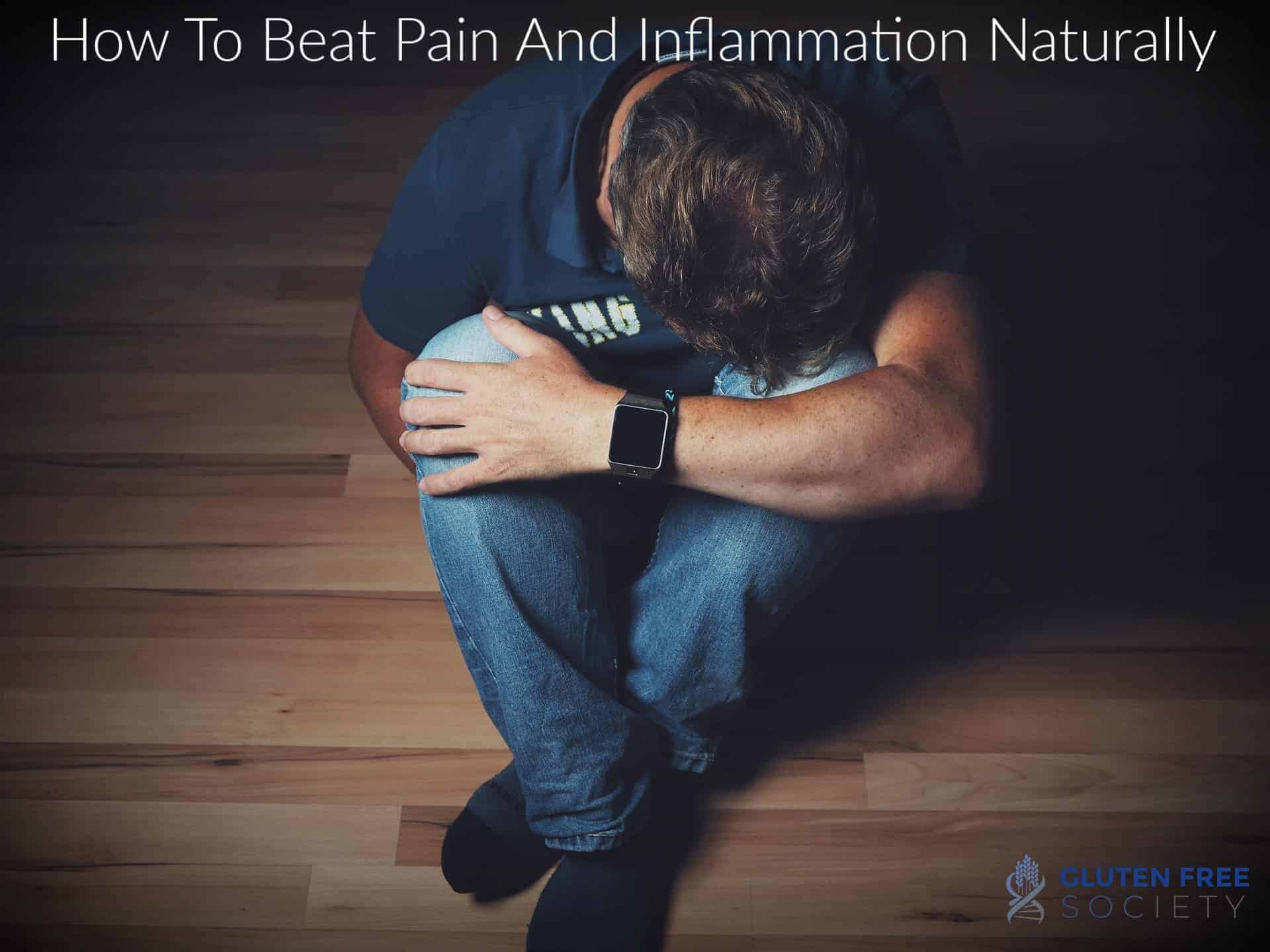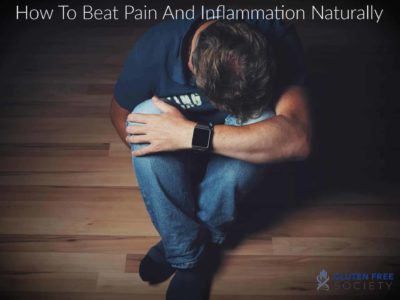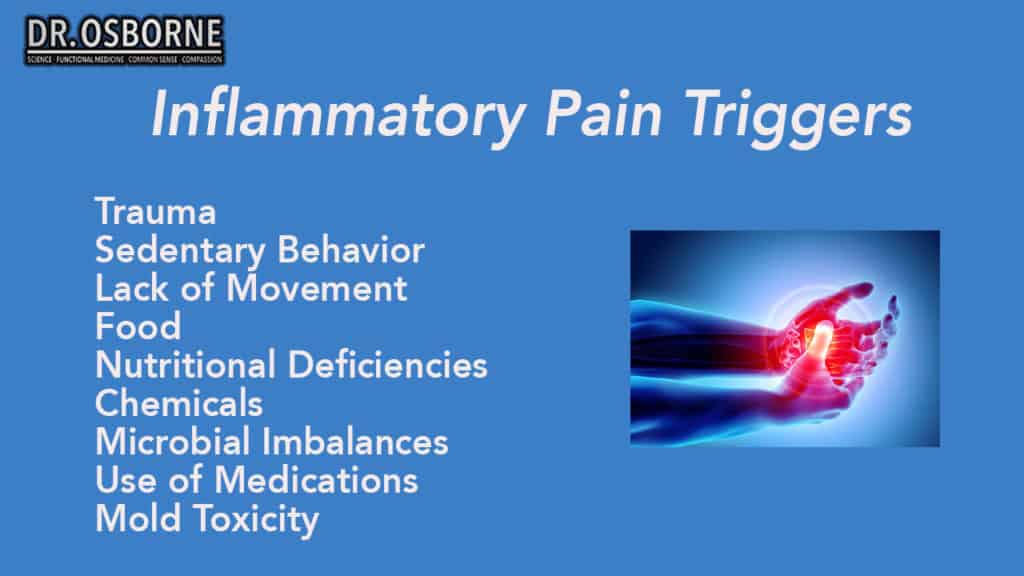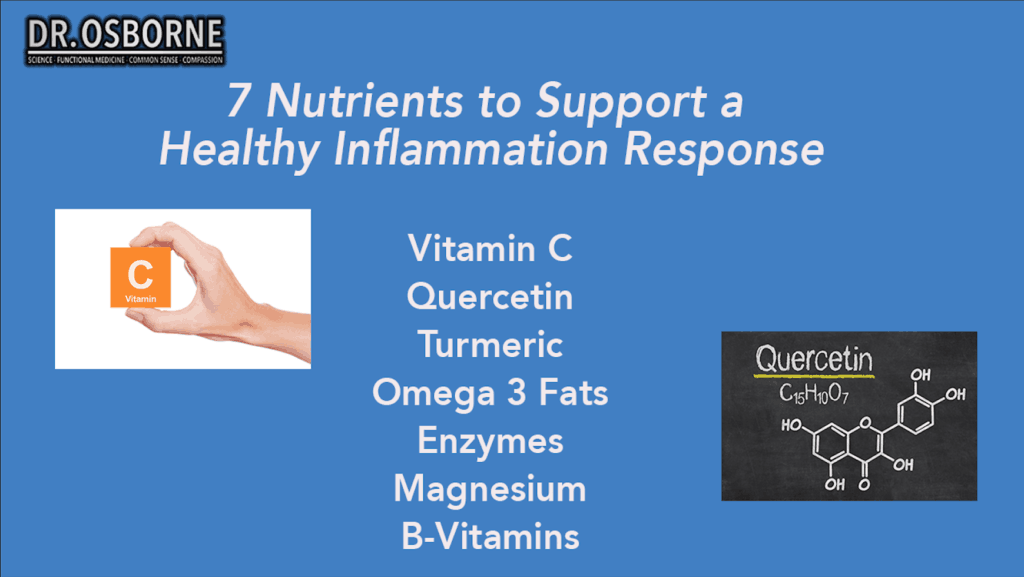new to the gluten free journey?
new to the gluten free journey?


It’s no secret that millions of people around the world suffer from chronic pain and inflammation. They often run to their doctor for treatment and medicine trying to alleviate the problem rather than fixing it. What most are missing, however, is the knowledge to identify the source of the pain and inflammation and the tools to change it.
Contents
Toggle
While most see inflammation as a negative reaction, it’s actually a normal and natural process. With trauma, for example, as in a sprain or strain, the body pushes fluid and blood to the area of injury to help itself heal. Naturally, this causes a period of intense inflammation.
It becomes a problem, however, when it is elevated to a chronic, or ongoing, issue. Because it is used in the body to tear down old tissue in order for it to be replaced, chronic inflammation can start a continual process of breaking down good tissue. However, because it’s a natural process, it’s important to find the source of chronic inflammation to deal with that issue, rather than blocking it out completely.
Apart from trauma, another trigger for inflammation within the body is a sedentary lifestyle. This may be seen in those on bedrest with back pain or a serious injury. When the body doesn’t use parts like the muscles, tendons, and ligaments, it will start to break them down rather than expending resources on them.
While it may make sense that those with a sedentary lifestyle may experience this type of pain and swelling, it can also affect those who are just regularly inactive. Even though individuals may workout once a day if they are stationary at a desk for the rest of the day, they are at risk as well. One significant reason for this is that joints don’t have a blood supply. They are nourished and receive oxygen and nutrients through movement, making it necessary for movement to be performed every 30 minutes to an hour.
Another major cause of pain and inflammation in the body is food sensitivities. It is estimated that close to 30% of the population has a sensitivity to gluten alone, wreaking havoc on the gut and body as a whole. These intolerances and allergies can cause an inability to digest food properly leading to significant pain and bloat that may last hours or days.
Major food groups leading to food sensitivities include:
Being deficient in one or more vital nutrients can cause pain to occur in the body. Because inflammation is often the direct result of pain, it makes sense that a deficiency in one or more of these nutrients can be a cause.
Some common deficiencies leading to swelling include:
Nutrients also help to regulate this process. When deficient in these, the body can actually enter a repair deficit. This means that the body is producing a greater level of inflammation than it’s producing the chemicals needed for repair, forcing it into a dangerous, and problematic cycle.
Despite not working around chemicals, most individuals are exposed to them in more ways than they realize. One of the biggest ways is food. “Food” items are loaded with preservatives, additives, pesticides, and artificial sugar.
Around 3,000 chemicals have been approved for use in food products. The body must learn how to deal with these chemicals leading it to be inflamed, and in some cases causing an alteration in its biochemistry.
When experiencing pain and inflammation, it’s easy to turn to medication for relief, not realizing that these medications may be causing the issue. Pain medications like aspirin, ibuprofen, and Naproxen, if taken over a period of time, can cause the lining of the stomach, esophagus, and proximal small intestine to erode. Naturally, this will leave these areas aching and inflamed, as well.
Furthermore, the body may be experiencing aches and inflammation from the following:
Microbial imbalance – an overgrowth of yeast, bacteria, fungus, or parasites
Mold – when mycotoxins are breathed in or ingested
Lack of Rest – sleep regulates hormones like cortisol and aids in inflammation
Now that many of the causes of pain and inflammation have been identified, it’s important to know how to treat these issues naturally.

One of the best ways to break through aches and an inflamed body is to get moving. This means incorporating some form of movement every half hour to an hour, in addition to a normal workout. If previously sedentary, there may be discomfort involved initially, but the body will adjust over time.
While elimination diets are all the rage right now, it’s important to actually get tested for food sensitivities. This will pinpoint the exact issue and provide direction on what to completely eliminate from the diet.
Another natural treatment is enzyme therapy, specifically proteolytic enzymes which help modulate inflammation. Matrizyme is a good option but must be taken on an empty stomach. This allows the enzyme to go directly to the bloodstream rather than if the food was consumed when taken.

Another treatment to fight against an inflamed body is to start incorporating vitamins and minerals into the diet. This may be through eating real, clean food, or taking a multivitamin. However, there are some targeted approaches one can take as well, including:
While taking medication may be an easier approach, it’s not going to solve the misery of living with the pain and an inflamed body over time. Armed with knowledge and proper tools, it’s time to start treating these symptoms naturally. Taking these small steps today will provide a greater reward in the long run.
Written and medically reviewed by Dr. Peter Osborne. Updated on November 1, 2019
4 Responses
How many months is the inflammation bundle good for?
Always looking for new info to reduce inflammation and stimulate healing.
Thanks for all you do.
Informative
Thank you for this information very helpful.